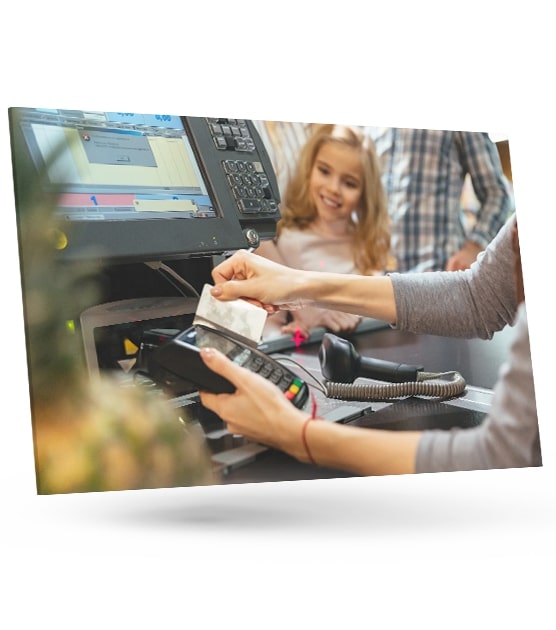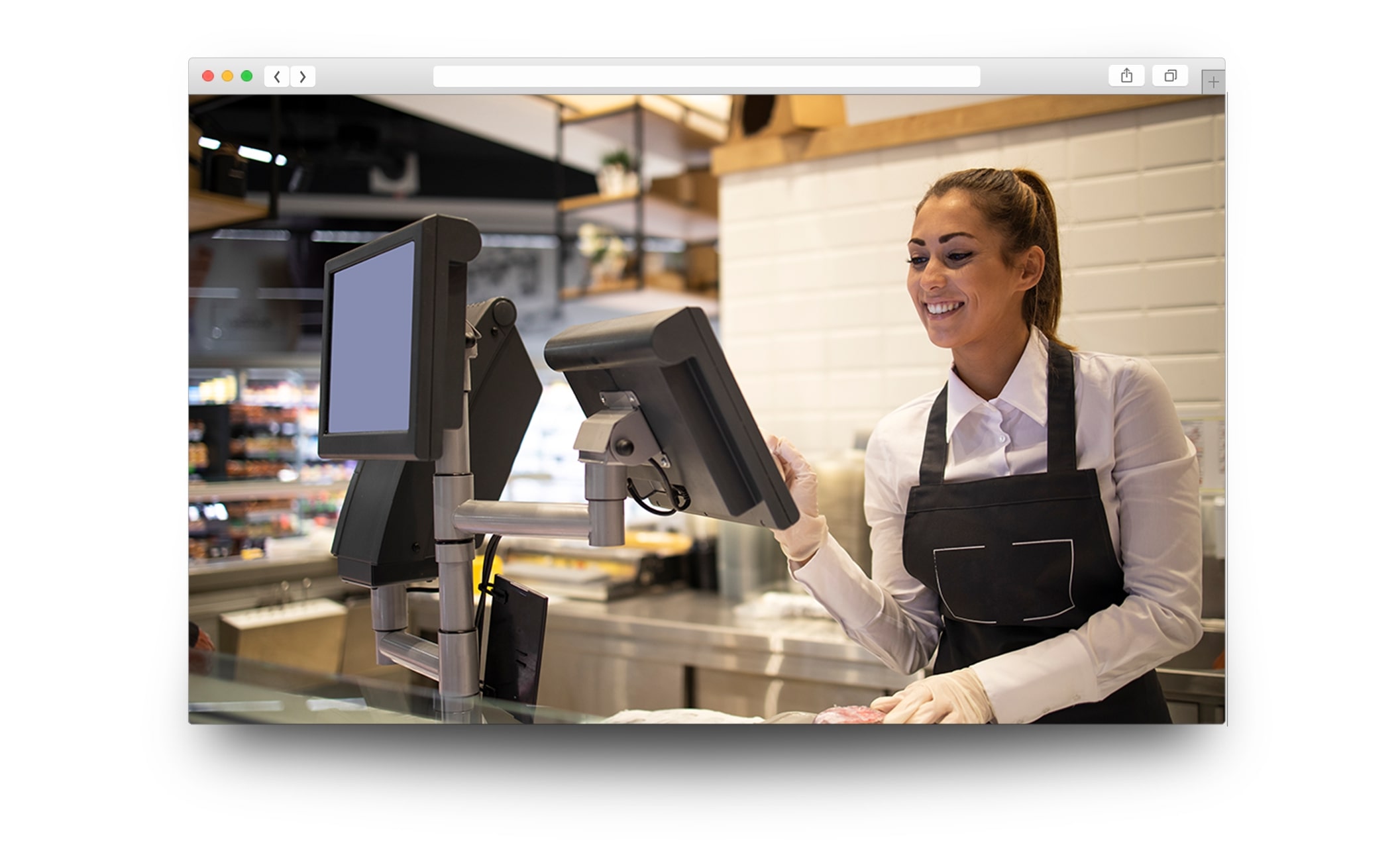Integration of hardware devices within a POS
Rootstack worked on a complicated and successful project where they had to integrate several hardware devices to a POS of a supermarket chain, succeeding after following several steps.
The project worked with Windows. The integration is normally done with Linux but for this project the implementation with Windows was worked on.

Project with .Net
The first thing to take into account is to see if the devices with which you are going to connect: with what interface they work, since most of the devices work with an interface called OPOS, if it is that, it is easier to implementation since there are some libraries available made in .Net that allow you to interact with these devices.
The next step is to create a project with the .Net framework with which you can add connectivity to each device that is needed.
Integration of scale, printer and dataphone with IoT Box
In Rootstack, first we worked with the integration of a scale, then with the integration of the scanner, then the cash register was integrated. The three were added to the project, so that each one was connected to the POS and from there an IoT Box was created.
The IoT Box is a "box" that connects to the computer. This device has several ports so that multiple extra devices can be connected to it, such as scales, scanners and dataphones, and they can be used without the necessary programming. Rootstack for this project created an IoT Box from scratch, with which they connect to all devices.
Another of the devices that were integrated into the POS of the project managed by Rootstack was a ticket printer. Basically it is not considered an OPO device or an ordinary printer like those used in an office for example. These printers have two working modes: print as image and text mode.

Technologies
Here in this project, we worked with Odoo and it comes with a preset configuration that works with printers in image mode. When the sale is made, Odoo takes a photo of the ticket, processes it in HTML and sends it to the printer.
Following this, Rootstack ran multiple tests to ensure that all devices and the POS were running optimally across all checkouts in the store. Quality tests were carried out for a week and, in case the client changes the model of any device, the necessary updates will be made.

